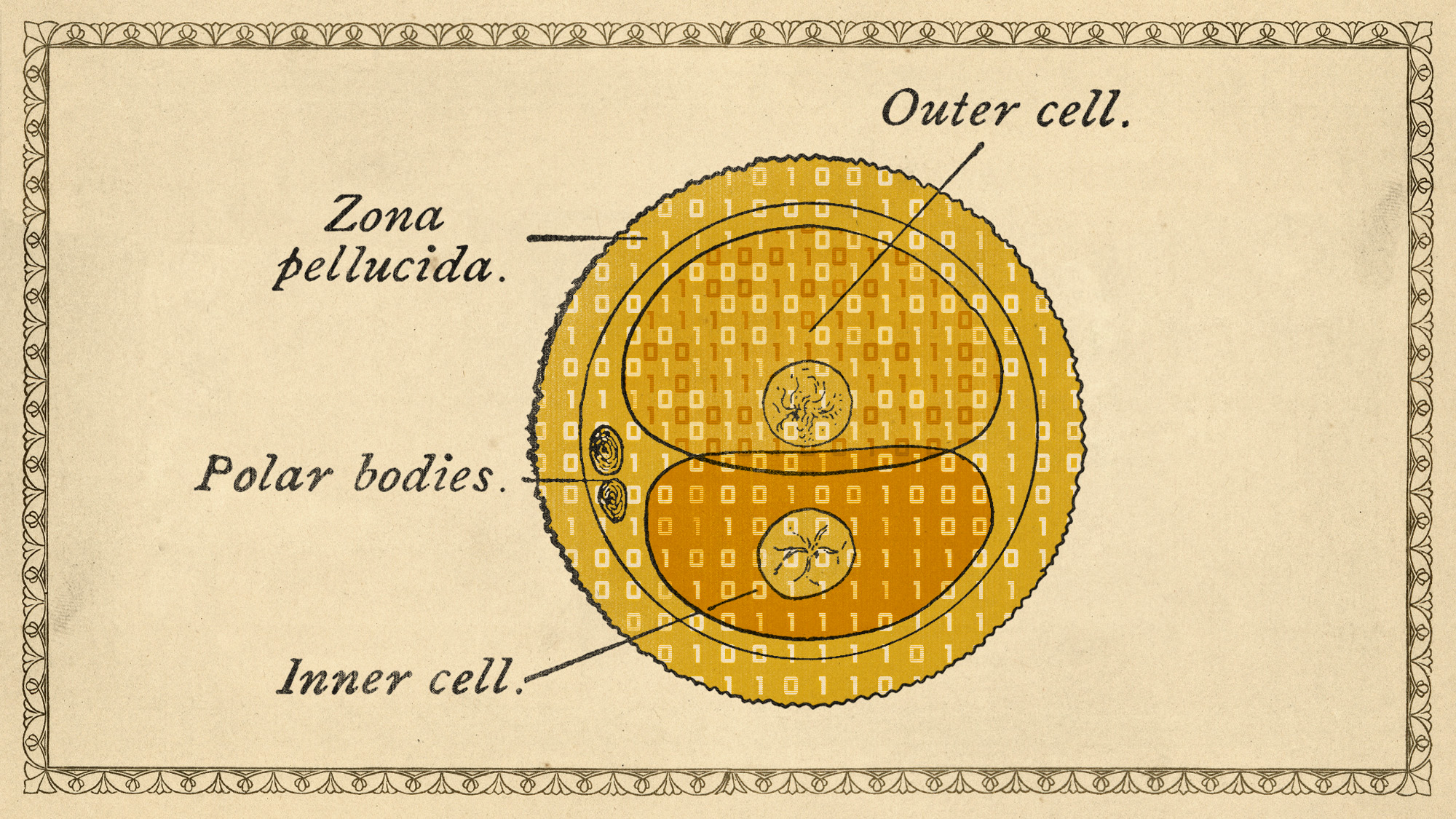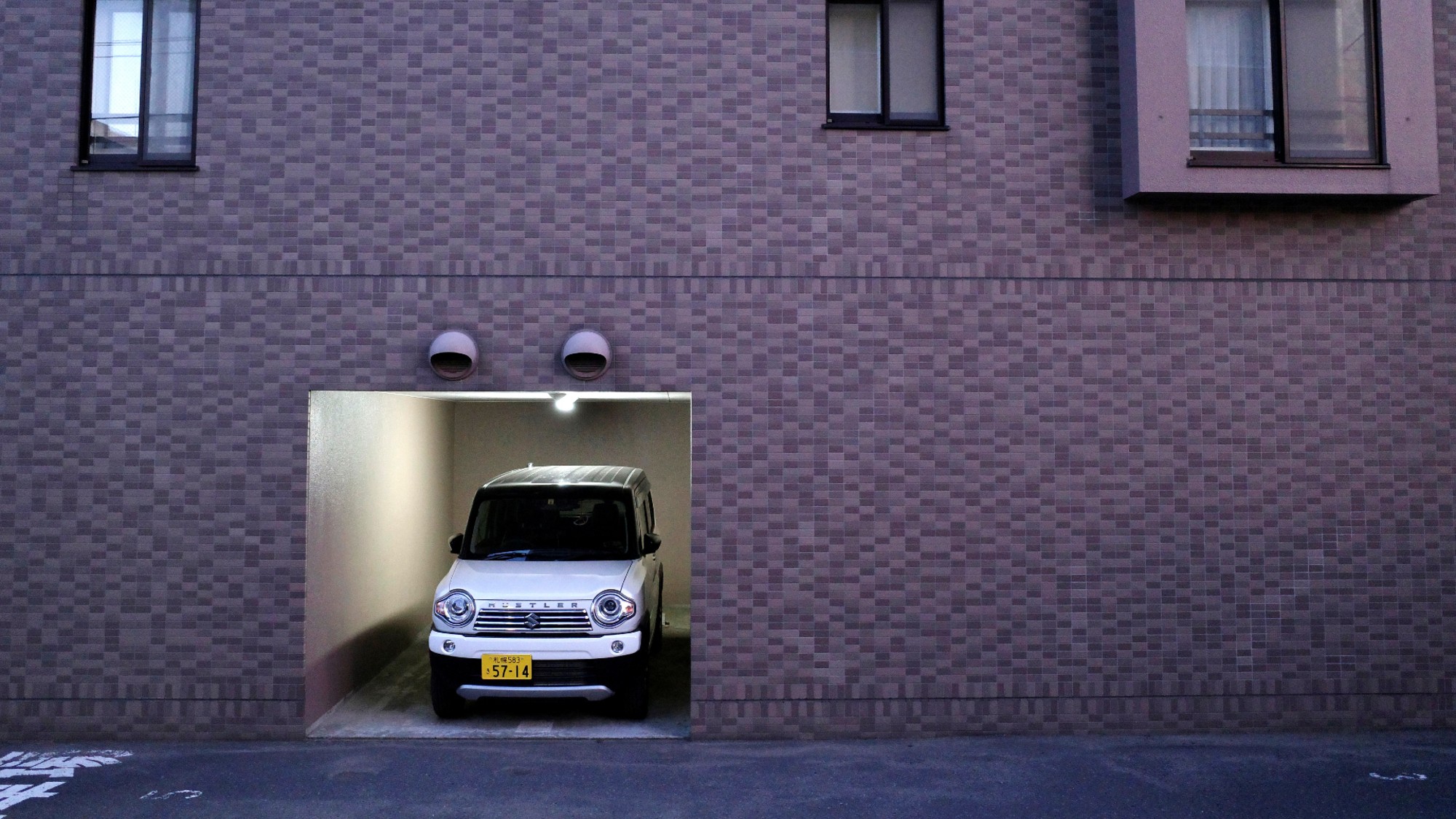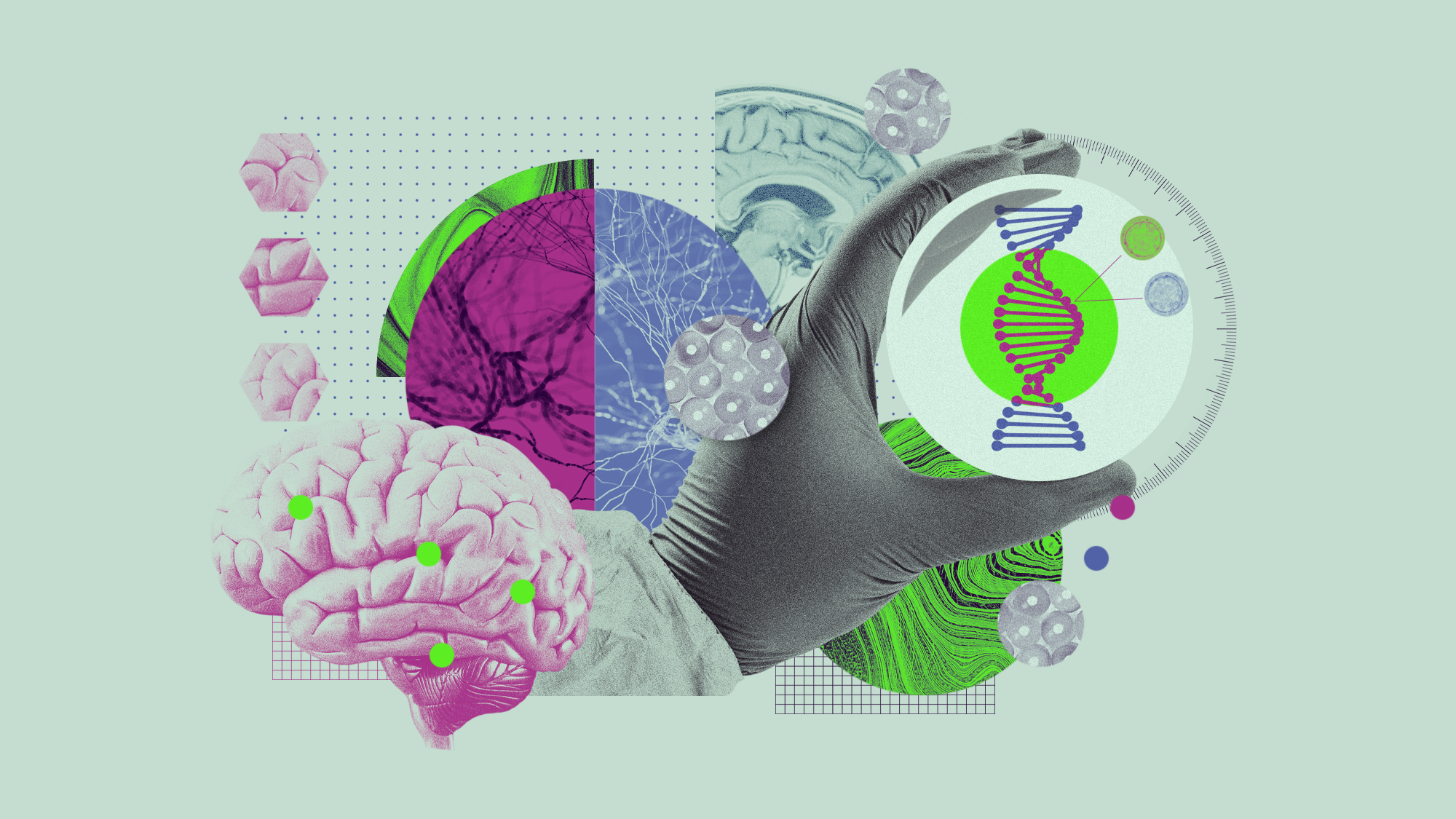Scientists want to create an AI virtual cell
Generative AI could advance medical research


Studying the cell is a difficult and time-consuming process, but scientists have pinpointed generative AI as a potential way to make it easier. The idea is to develop an AI virtual cell that would behave the same way a real cell does. This would allow researchers to do medical experiments on the computer rather than on a live cell, making the process more efficient and more affordable.
The 'language of biology'
Improving our understanding of the cell could be groundbreaking for public health. The problem: "Experimenting in this microscopic realm can be a kind of guesswork; even success is frequently confounding," said The Atlantic. There are thousands of cell types that can have different reactions to different stimuli, including medicines and diseases, because "each cell type — be it a neuron, a muscle cell or a skin cell — expresses a unique set of genes," Jian Ma, a professor of computational biology and the director of the Center for AI-Driven Biomedical Research at Carnegie Mellon University, said to The Washington Post.
Due to the complexity of cells, cellular research can often take a long time, but the process could be expedited by using artificial intelligence to "decode the language of biology and then speak the language of biology," Eric Xing, a computer scientist at Carnegie Mellon University and the president of the Mohamed bin Zayed University of Artificial Intelligence, said to The Atlantic.
The Week
Escape your echo chamber. Get the facts behind the news, plus analysis from multiple perspectives.

Sign up for The Week's Free Newsletters
From our morning news briefing to a weekly Good News Newsletter, get the best of The Week delivered directly to your inbox.
From our morning news briefing to a weekly Good News Newsletter, get the best of The Week delivered directly to your inbox.
Technology now offers "groundbreaking opportunities to create an AI virtual cell, a multi-scale, multi-modal large-neural-network-based model that can represent and simulate the behavior of molecules, cells and tissues across diverse states," said an article published in the journal Cell. An AI model could even have the ability to simulate entire organs.
However, for an AI cell model to be considered successful, it would need to "empower researchers to create universal representations across species and cell types," and "accurately predict cellular function, behavior and dynamics and comprehend cellular mechanisms," said Stanford University. It would also need to conduct experiments on a computer at a higher speed and lower cost than on an actual cell.
A 'mammoth project'
Technology is advancing rapidly, but creating an AI cell is still a difficult endeavor. It would require combining several foundation models of different biological functions into one model. "Scientists haven't figured out all of the necessary models, let alone how to assemble them," said The Atlantic. In reality, this is a "mammoth project, comparable to the genome project, requiring collaboration across disciplines, industries and nations, and we understand that fully functional models might not be available for a decade or more," said Emma Lundberg, an associate professor of bioengineering and pathology at Stanford University and the senior author of the Cell article.
While there are clear benefits to this technology, generative AI also has its drawbacks. It has been shown to reinforce humanity's implicit biases, especially in regard to gender and race. "Data from humans and model organisms, such as mice and Escherichia coli, are unequally represented in sequence and literature databases, which when used for training, encode strong species biases," said the Cell article. "Other biases, for example, in terms of sex, specific diseases or human ancestral populations could also reduce the impact of [AI virtual cell] models."
A free daily email with the biggest news stories of the day – and the best features from TheWeek.com
Devika Rao has worked as a staff writer at The Week since 2022, covering science, the environment, climate and business. She previously worked as a policy associate for a nonprofit organization advocating for environmental action from a business perspective.
-
 Could smaller cars bring down vehicle prices?
Could smaller cars bring down vehicle prices?Today’s Big Question Trump seems to think so, but experts aren’t so sure
-
 2025’s most notable new albums
2025’s most notable new albumsThe Week Recommends These were some of the finest releases of the past year
-
 Trump aims to take down ‘global mothership’ of climate science
Trump aims to take down ‘global mothership’ of climate scienceIN THE SPOTLIGHT By moving to dismantle Colorado’s National Center for Atmospheric Research, the White House says it is targeting ‘climate alarmism’
-
 5 recent breakthroughs in biology
5 recent breakthroughs in biologyIn depth From ancient bacteria, to modern cures, to future research
-
 The moon is rusting
The moon is rustingUnder the radar The Earth is likely to blame
-
 Canyons under the Antarctic have deep impacts
Canyons under the Antarctic have deep impactsUnder the radar Submarine canyons could be affecting the climate more than previously thought
-
 Atoms into gold: alchemy's modern resurgence
Atoms into gold: alchemy's modern resurgenceUnder the radar The practice of alchemy has been attempted for thousands of years
-
 Hurricanes are not exclusive to Earth. They can happen in space.
Hurricanes are not exclusive to Earth. They can happen in space.Under the radar These storms may cause navigational problems
-
 Do we need more right-wing scientists?
Do we need more right-wing scientists?Talking Point Academics have a 'responsibility' to demonstrate why research matters to people who are not politically left-leaning, says Wellcome boss
-
 Bad news, alpha males. You likely don't actually exist.
Bad news, alpha males. You likely don't actually exist.Under the radar Most primate communities are egalitarian
-
 Retro tomatoes: a species of the plant is evolving backward
Retro tomatoes: a species of the plant is evolving backwardUnder the radar Environmental factors may play a role
